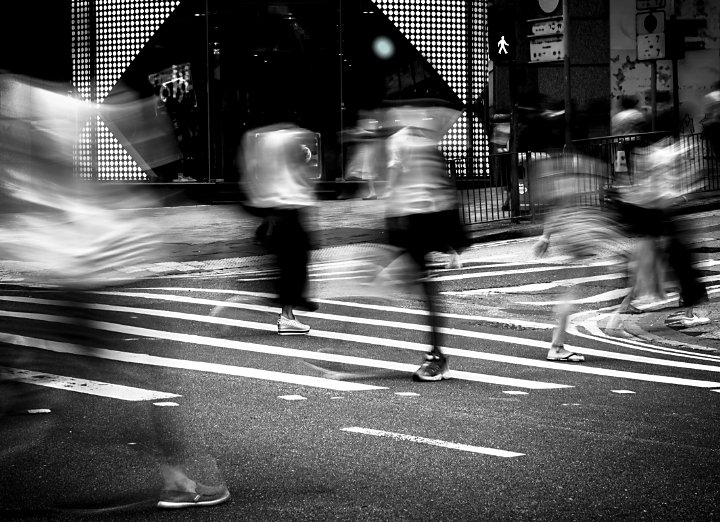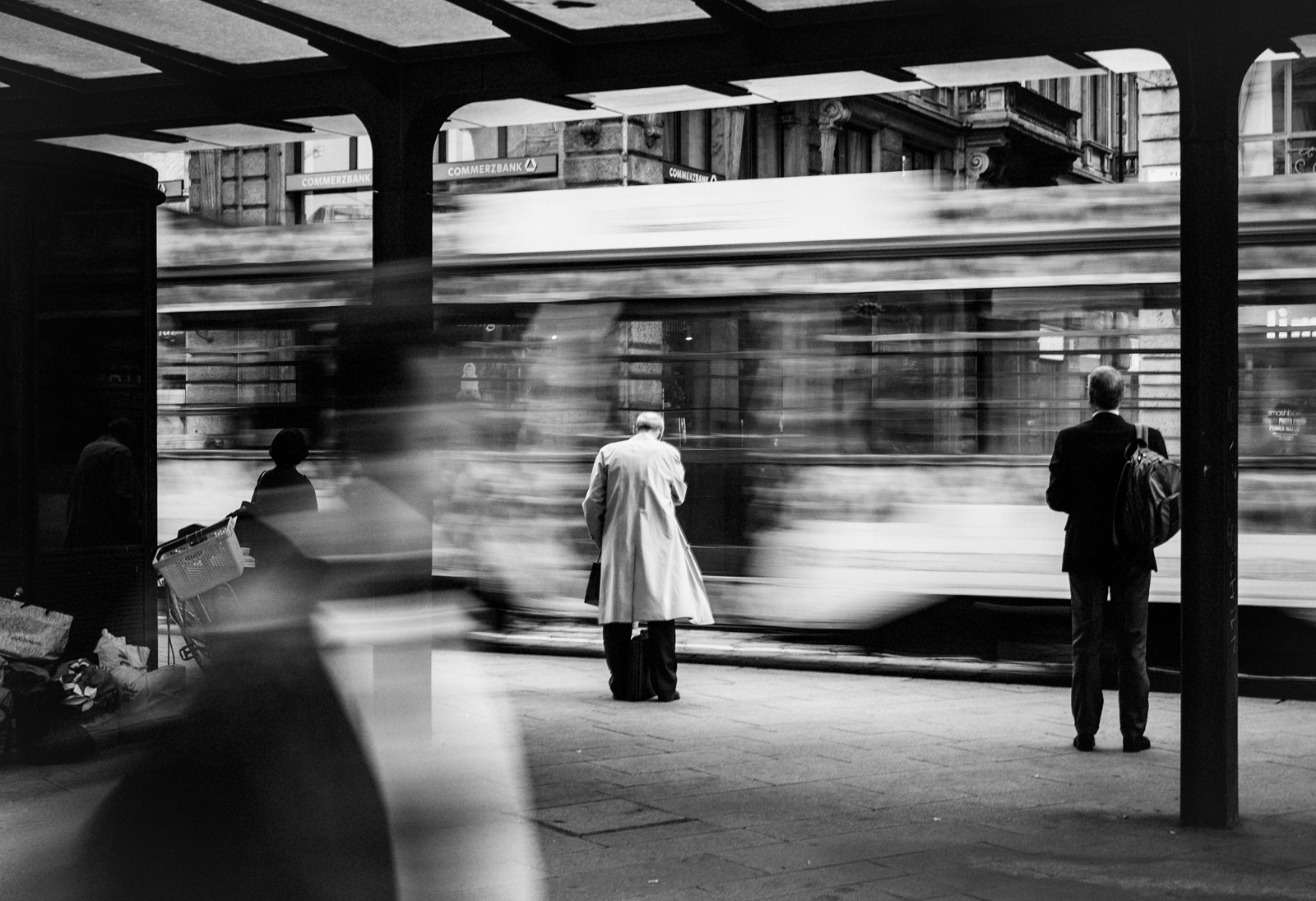Framing Streets - The Facts
Not known Details About Framing Streets
Table of ContentsSome Known Facts About Framing Streets.All about Framing StreetsThe 45-Second Trick For Framing StreetsFraming Streets Can Be Fun For EveryoneGetting My Framing Streets To WorkThe 7-Second Trick For Framing Streets
, typically with the aim of capturing photos at a definitive or poignant minute by cautious framing and timing. https://typhoon-dinghy-f4c.notion.site/Framing-Streets-Mastering-the-Art-of-Street-Photography-7902cfb0b0a245919a9be5c8725db988?pvs=4.
, that was motivated to take on a similar documents of New York City. As the city created, Atget assisted to advertise Parisian streets as a deserving subject for photography.

The 10-Second Trick For Framing Streets
Martin is the first videotaped photographer to do so in London with a disguised video camera. Mass-Observation was a social research organisation started in 1937 which intended to tape daily life in Britain and to record the responses of the 'man-in-the-street' to King Edward VIII's abdication in 1936 to wed divorce Wallis Simpson, and the sequence of George VI. The principal Mass-Observationists were anthropologist Tom Harrisson in Bolton and poet Charles Madge in London, and their very first record was produced as guide "May the Twelfth: Mass-Observation Day-Surveys 1937 by over two hundred observers" [] Home window cleaner at Kottbusser Tor, Berlin, by Elsa Thiemann c. 1946 The post-war French Humanist College professional photographers located their subjects on the street or in the restaurant. Andre Kertesz.'s widely admired Images la Sauvette (1952) (the English-language edition was titled The Decisive click for info Minute) advertised the concept of taking an image at what he described the "crucial minute"; "when type and content, vision and make-up combined into a transcendent whole" - sony a9iii.
Not known Details About Framing Streets
The recording maker was 'a covert camera', a 35 mm Contax hidden below his layer, that was 'strapped to the breast and connected to a lengthy cable strung down the best sleeve'. However, his job had little contemporary influence as because of Evans' sensitivities regarding the originality of his job and the personal privacy of his subjects, it was not released up until 1966, in guide Numerous Are Called, with an intro written by James Agee in 1940.
Helen Levitt, then an educator of young kids, related to Evans in 193839. She recorded the temporal chalk illustrations - photography presets that belonged to youngsters's street society in New york city at the time, as well as the children who made them. In July 1939, Mo, MA's brand-new photography section consisted of Levitt's job in its inaugural eventRobert Frank's 1958 publication,, was significant; raw and frequently indistinct, Frank's pictures questioned mainstream digital photography of the time, "tested all the official rules put down by Henri Cartier-Bresson and Pedestrian Evans" and "contradicted the wholesome pictorialism and heartfelt photojournalism of American magazines like LIFE and Time".